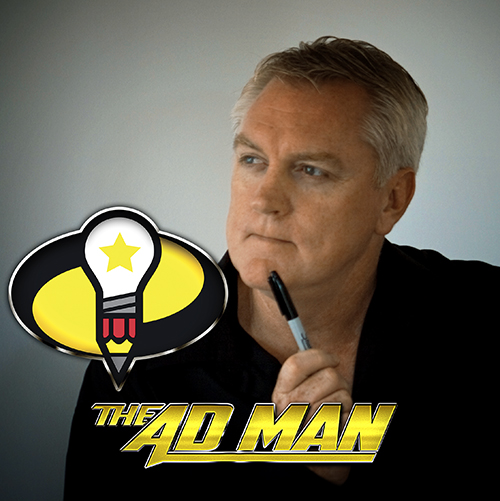The Covid-19 pandemic has changed the way we live, work and play for ever and the design industry isn’t exempt from the changes.
Pre Covid-19 the winds of change were starting ever so lightly. Some businesses were adopting a 4.5 day week while others were instigating job sharing and others out sourcing work through contract labour working remotely.
During Covid-19 many businesses shut their office but remained working with staff working remotely from home. This was the turning point for many. The remote working from home has proven to be a success for many businesses and will continue. However there will be need for change in the law and town planning regulations to better accommodate working remotely.
The ATO will need to review their definition of employers, employees, contractors and sub-contractor status and eligibility for tax concessions and social assistance payments. There will be changes in how tax is calculated with employees working from home or a community workplace rather than under the same roof of their employer. The ATO has already made changes in recognition of this by allowing costs such as the purchase of new tech and the provision of work space and equipment to be tax deductable from the employee’s income. While many businesses have benefited in some areas such as a reduced need for office space, electricity, tech and equipment etc many are still stuck with the hangover of extra unused office space, tech and equipment. Service industries in particular are going to have to re-gear.
Design is often a collaborative process with documentation being carried out by a team of documenters. So how is this going to work? B.I.M. is able to work collaboratively on the one file from several remote locations at the same time and incorporate live updates of the file, however there needs to be communication between all parties to be successful and that will need to be the next step for BIM. Will design offices still exist in a smaller scale with a shopfront, reception and meeting room where staff can have regular updates and continue to work remotely? Employers need to adapt to this situation and both employers and employees need to develop a respectful and trusting relationship between one another to be successful. There are many more issues that will appear and need to be resolved before the system is considered practical and efficient, so do we return to the pre covid days of having a centralised workforce?
What does this mean for the design industry?
The client profile will change with smaller work from home offices or SOHO’s needed to accommodate the new look workforce. While the kitchen table made do during the pandemic it will need to become a permanent fixture for many. Large offices will be broken up and small efficient office spaces created. Developers will require additional elements such as home offices for a percentage of residential projects from now on. Commercial buildings will need to accommodate more tenants with smaller offices and car parking ratios will change. Some offices may have two or more occupants sharing the week. Will the shortened working week become shared 7 days a week between two or more occupants? Will this give rise to better more efficient use of our commercial buildings and will we need to incorporate segmentation within the workspace with larger common areas?
Will designers need to rethink the way we have been designing pre Covid-19? Certainly client needs are going to change and designers will need to adapt to the new dawn. We are only at the very beginning of the revolution and we will be faced with constant change to meet the requirements of our clients. We must think outside the box, adapt, innovate and develop solutions to remain viable and successful or risk falling by the way side.


